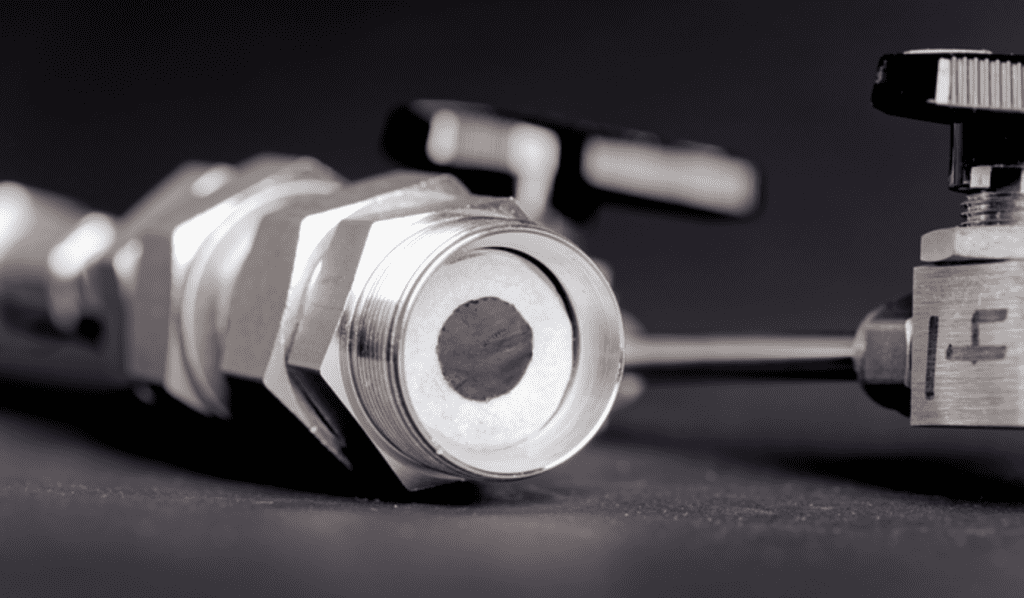Researchers have come up with a low-cost device that can partially capture carbon dioxide gas while it charges. While it discharges, the CO2 can be released in a controlled way and collected to be reused or disposed of responsibly.
The supercapacitor device resembles a rechargeable battery, is the size of a two-pence coin and is made from sustainable resources like coconut shells and seawater.
The idea belongs to the researchers from the University of Cambridge. The supercapacitor could help power carbon capture and storage technologies at a much economical cost. Around 35 billion tonnes of CO2 are released into the atmosphere per year and it needs to be reduced to avert the climate crisis.
The team was led by Trevor Binford who tried alternating from a negative to a positive voltage to extend the charging time from previous experiments. This enhanced the supercapacitor’s ability to capture carbon.
“We found that by slowly alternating the current between the plates we can capture double the amount of CO2 than before,” said Dr Alexander Forse from Cambridge’s Yusuf Hamied Department of Chemistry, who led the research.
“The charging-discharging process of our supercapacitor potentially uses less energy than the amine heating process used in industry now,” said Forse. “Our next questions will involve investigating the precise mechanisms of CO2 capture and improving them. Then it will be a question of scaling up.”
The results are reported in the journal Nanoscale.
A supercapacitor does not rely on chemical reactions. Instead, it works on the movement of electrons between electrodes.
“The trade-off is that supercapacitors can’t store as much charge as batteries, but for something like carbon capture we would prioritise durability,” said co-author Grace Mapstone. “The best part is that the materials used to make supercapacitors are cheap and abundant. The electrodes are made of carbon, which comes from waste coconut shells.”
“We want to use materials that are inert, that don’t harm environments, and that we need to dispose of less frequently. For example, the CO2 dissolves into a water-based electrolyte which is basically seawater.”
Co-author Dr Israel Temprano developed a gas analysis technique for the device. The technique uses a pressure sensor that responds to changes in gas adsorption in the electrochemical device.
“This field of research is very new so the precise mechanism working inside the supercapacitor still isn’t known,” said Temprano.

